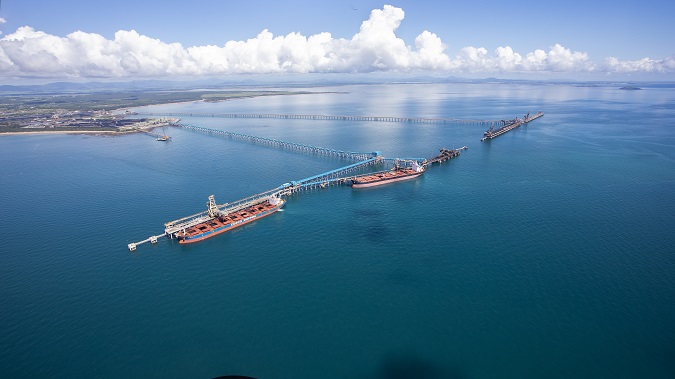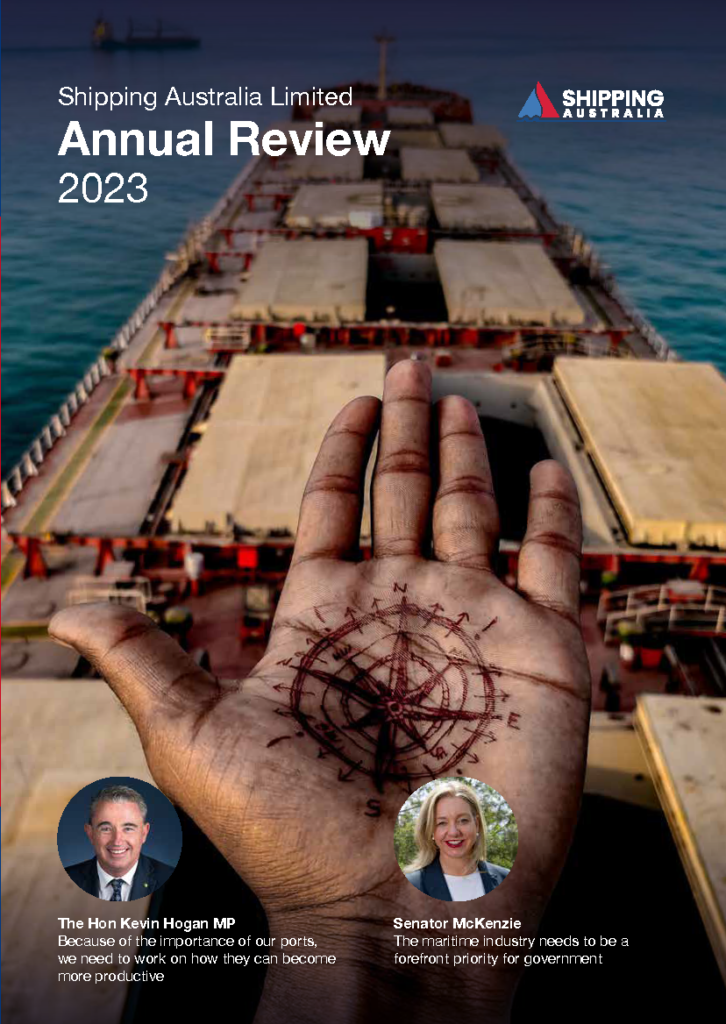
A study looking into the development of a green hydrogen export facility at the Port of Hay Point, south of Mackay, will get underway shortly.
North Queensland Bulk Ports, Dalrymple Bay Infrastructure, Canada’s Brookfield Asset Management and ITOCHU conglomerate of Japan have agreed to explore the possibility of producing and storing green hydrogen using port land at Dalrymple Bay Terminal and which is operated by Dalrymple Bay Infrastructure. The study will also examine the possibility of exporting green hydrogen using DBT’s existing export facilities.
The first phase of the study will being in 2021.
Decarbonisation of overseas industries
NQBP CEO Nicolas Fertin said NQBP was excited to work with existing stakeholders and new proponents and explore opportunities for hydrogen at Hay Point.
“This is part of preparing for the decarbonisation of overseas industries and markets so that our ports can support the potential development of new trades that foster the economic development of our region.”
ITOCHU explaine that Dalrymple Bay Terminal is interesting as a potential green hydrogen base because it is in an area designated by the state government for renewable energy development. Hay Point and Dalrymple Bay Terminal have been designated as a “priority port” and the terminal has existing export infrastructure that can be improved and expanded upon to create hydrogen exporting facilities.
“This makes DBT an ideal location to establish a green hydrogen supply chain,” ITOCHU said in a statement.
Hydrogen commitment
NQBP is owned by the Queensland government. Queensland’s Minister for Energy, Renewables and Hydrogen, Mick de Brenni said the Palaszczuk Government’s focus on renewable energy, hydrogen and manufacturing was part of Queensland’s Covid-19 economic recovery plan.
“Hydrogen presents an incredible opportunity to create jobs and decarbonise our economy. Our $2 billion Renewable Energy and Hydrogen Jobs Fund is about working with industry to encourage investment in emerging industries like hydrogen. We’ve demonstrated our commitment to that end by backing a plan and securing a site for a three-gigawatt renewable hydrogen facility in Aldoga, west of Gladstone. We’re supporting studies to establish a renewable hydrogen demonstration plant next to Kogan Creek Power Station near Chinchilla. And we’re also working with business groups to develop local workforce capability and supply chains in hydrogen, as we’ve done previously with our global liquefied natural gas export industry,” Minister de Brenni said.
Transport and Main Roads Minister Mark Bailey said Queensland’s publicly-owned ports needed to be ready to capitalise on the future demand for exported hydrogen from international trading partners.
“Renewable hydrogen can be stored and used over time, and, as a future fuel source, is one of the most promising solutions for reducing global emissions, particularly in the transport and heavy industry sectors. Hay Point is a critical part of our state’s supply chain and Queensland’s economy, connecting regional Queensland to power, food and steel industries in Asia. Agreements like this allow us to prepare the port to meet the energy needs of developing industries across the globe,” he said.
Three colours: brown, blue, green
Hydrogen is hydrogen. It’s a colourless, odourless, elemental gas composed of one proton and one electron. But the production of hydrogen varies greatly. There are a variety of colours of hydrogen that refer to different ways to manufacture hydrogen. The main three varieties are brown, blue and green.
Brown (or black) hydrogen describes hydrogen that is extracted brown or black coal via gasification. It’s an old production method with literally just over a couple of hundred of years of history and the resulting product, a mix of carbon dioxide, carbon monoxide, hydrogen and methane was called “town gas”. It is very polluting.
Blue hydrogen is hydrogen produced from natural gas. The key problem with blue hydrogen production for the production of hydrogen as a fuel is that it is cheaper, easier and less wasteful to simply just burn the natural gas rather than convert natural gas to hydrogen. It also avoids many of the myriad difficulties of handling and storing hydrogen.
Green hydrogen refers to hydrogen produced by using electricity to split water into its two component gases, hydrogen and oxygen. If the electricity used to split water is sourced from renewable, non-polluting sources, such as solar or wind power, then the resulting hydrogen is basically pollutant free.
SEE ALSO:
- ENEOS Corp begins study into Aus-Japan hydrogen supply chain
- Hydrogen fuel – clean, plentiful and not ready
[fl_builder_insert_layout id=”15046″]


